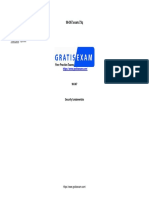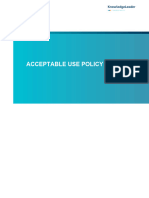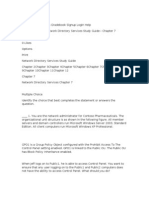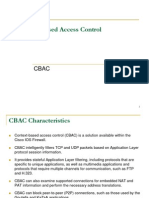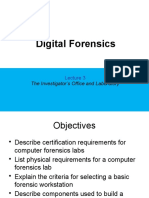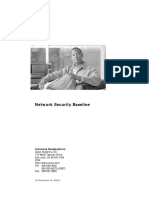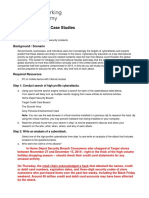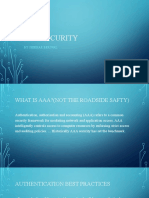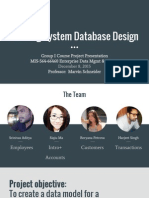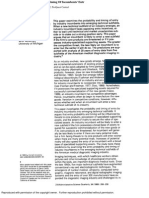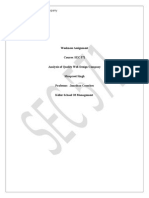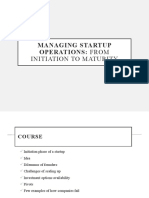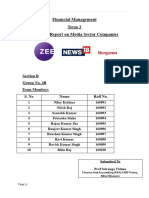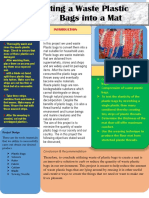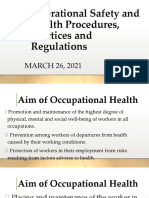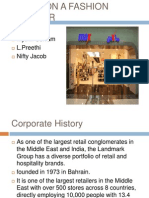0% found this document useful (0 votes)
212 views37 pagesSecurity Policies and Implementation Issues: Week 6 - Chapter 8 IT Security Policy Framework Approaches
The document discusses different methods for security policy frameworks and the importance of defining roles and responsibilities. It also covers topics like separation of duties, governance, compliance and managing risks through frameworks.
Uploaded by
Srinivas AdityaCopyright
© © All Rights Reserved
We take content rights seriously. If you suspect this is your content, claim it here.
Available Formats
Download as PPTX, PDF, TXT or read online on Scribd
0% found this document useful (0 votes)
212 views37 pagesSecurity Policies and Implementation Issues: Week 6 - Chapter 8 IT Security Policy Framework Approaches
The document discusses different methods for security policy frameworks and the importance of defining roles and responsibilities. It also covers topics like separation of duties, governance, compliance and managing risks through frameworks.
Uploaded by
Srinivas AdityaCopyright
© © All Rights Reserved
We take content rights seriously. If you suspect this is your content, claim it here.
Available Formats
Download as PPTX, PDF, TXT or read online on Scribd
/ 37



